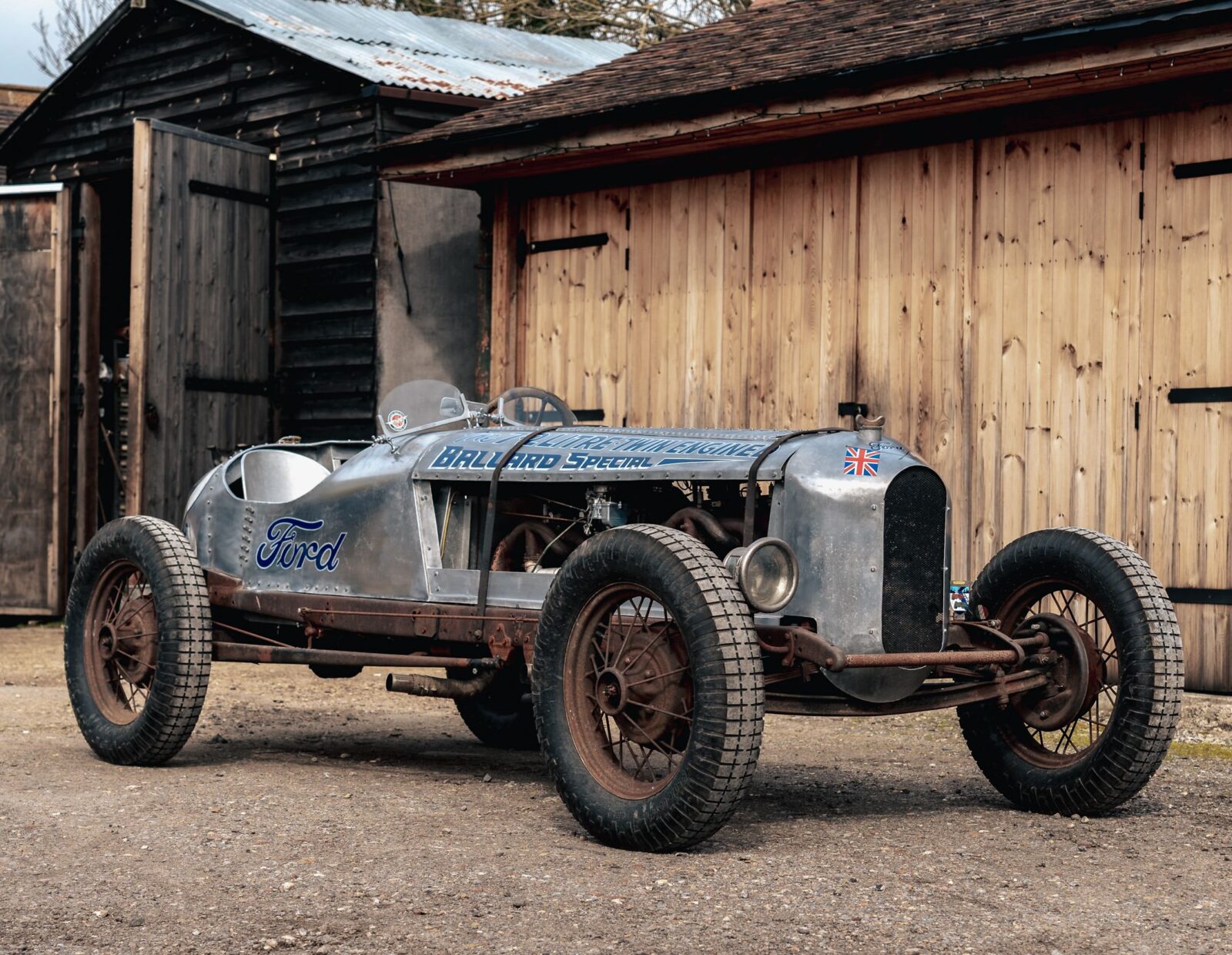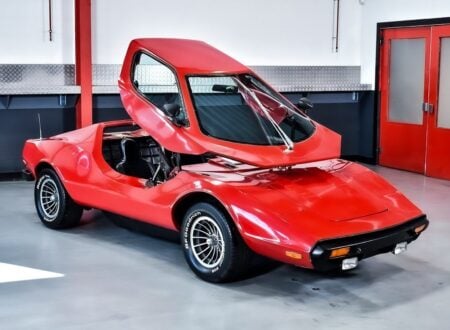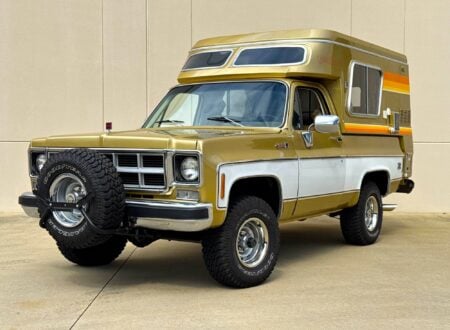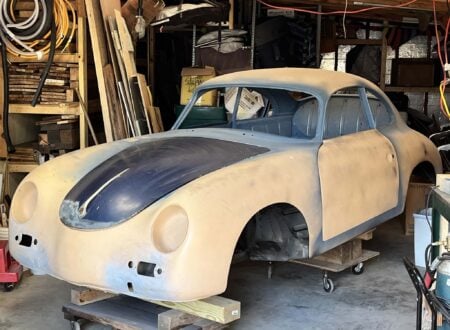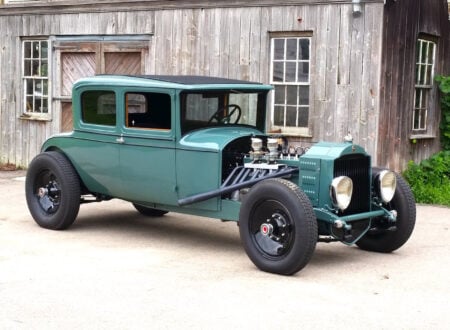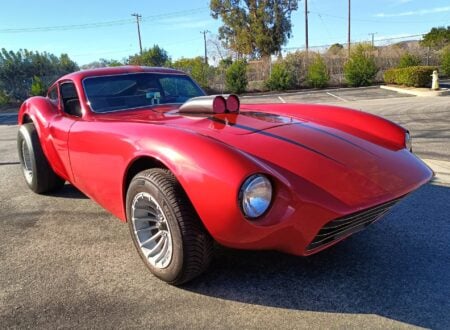This is a custom Ford Model A with a difference. It was built into a speedster and fitted with not one but two Model A engines, installed inline (like a straight-eight) under the long aluminum hood.
With its two original Model A inline-fours attached and timed 90º, the engines now run in the a traditional Straight 8 firing order – 1-5-2-6-4-8-3-7. The car is built on a Model A chassis, it’s fitted with handmade aluminum bodywork, and it’s now being offered for sale by H&H Auctions.
Fast Facts – The Ford Model A “Ballard Special”
- The Ford Model A was unveiled in 1927, as Henry Ford’s response to the evolving consumer demands for more modern and comfortable Model T replacement. This launch came after the monumental success of the simpler Model T, which had revolutionized the automotive industry with its blue-collar affordability and mass-production.
- The Model A introduced several engineering and design improvements. It was equipped with a 3.3 liter four-cylinder engine, capable of producing 40 bhp, which was a significant upgrade over the Model T. It was the first Ford vehicle to use a conventional clutch and a 3-speed sliding gear transmission, and it was capable of 65 mph (105 km/h).
- The sales of the Model A were strong from the get go. By early 1929 a million had been sold, then by July of the same year the number was 2 million. By March of 1930 Ford crossed the 3 million sold mark and by the end of production in 1932 almost 5 million had been made and delivered to customers.
- The Ford Model A shown in this article is the only one of its kind. It’s based on a 1930 vehicle but it now has twin Model A engines linked together inline up front, and a lightweight handmade alloy body.
- Known as the “Ballard Special” Speedster, this vehicle was built by Tobias Ballard of the Model A Revival Company. It’s approximately the 20th special he’s built, but this is the first (and only) operational twin-engined Model A in the world. And it’s road legal.
Building The Impossible Model A
Back in early 1930s a popular French racer named Charles Montier is said to have achieved what many at the time believed to be impossible – he built a Ford Model A Speedster with two four-cylinder engines mated together front to back, and he got them working as though the whole ensemble was a factory-built straight-eight.
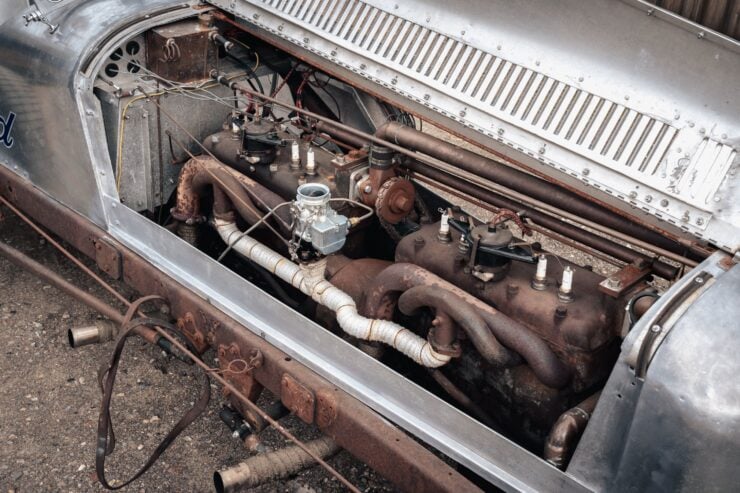

The historic information about Montier and his unusual Ford Model A is scarce, and sadly no one has seen the vehicle in decades which has led many to believe it was scrapped or otherwise lost to history.
There are also no known plans or blueprints covering exactly how the two Model A engines were linked, though a number of theories have been put forward over the years. What we do know with some certainty is that Montier’s Model A was the only twin-engined example. Up until quite recently that is.
The “Ballard Special” Speedster
The “Ballard Special” Speedster was built by one of the world’s pre-eminent Ford Model A experts, Tobias Ballard of the Model A Revival Company based in Bexley, Kent, in the south east of England.
Tobias has built many Model A specials previously, approximately 20 at the last count, but the “Ballard Special” Speedster is the first twin-engined example, and as a result, it was also the most challenging. The upside is that it’s also by far the fastest.
The build involved Tobias choosing the best Model A chassis from his extensive collection, as well as two engines, and getting to work. The chassis wasn’t lengthened surprisingly, but the cockpit needed to be moved back and various other accommodations needed to be made.
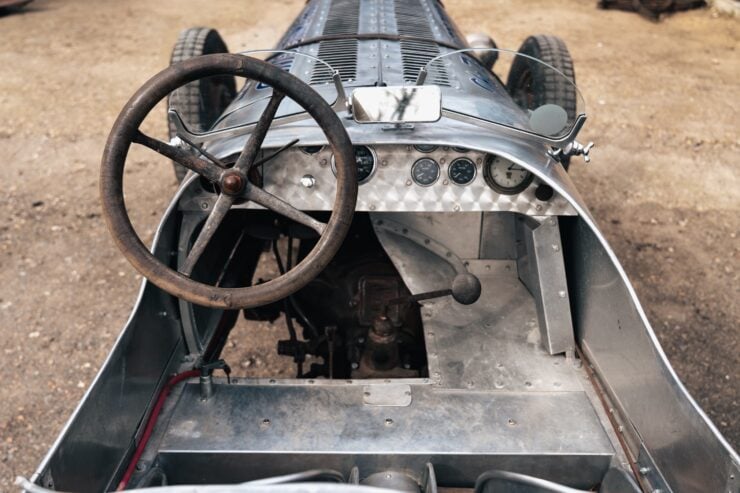

The process of joining the two engines was painstaking and it took considerable time, in Tobias’ own words” error and catastrophic failure were all endured before we finally succeeded.”
In order to best explain how the two engines were linked, and how they work together, we’re now going to turn you over to Tobias for the full rundown:
“We fabricated a steel interconnected housing which the front and rear engines bolt onto, using the original existing bolt holes on the engines. Once this was done, we knew that we still had to be able to drive the rear engine’s cooling system, so we had to experiment to find the best way to not lose traction to the final pulley after the slip from the various belts.”
“For this, we decided to fabricate a new bottom pulley on the front engine, not only as a belt pulley but also with a chain sprocket to drive a shaft down the side of the engine to the rear.”
“This shaft, in turn, is a direct drive into the end of the alternator and also incorporates a belt-drive pulley to the rear water pump. The belts are the old fabric machine-type link belts, which are the easiest to use when you need to vary the lengths of the belts as we did.”
“There was no need to lengthen the chassis but we did have to bring the support bars out from where they used to be, located under the gearbox bellhousing at the front and from the torque tube at the rear, the torque tube and prop-shaft being significantly shorter than the original version. The steering was moved back and lowered and a longer steering rod fabricated.”
“The crankshafts are pretty much standard, except the front of the rear crank has been strengthened to cope with the increased torque.” – Tobias Ballard of the Model A Revival Company
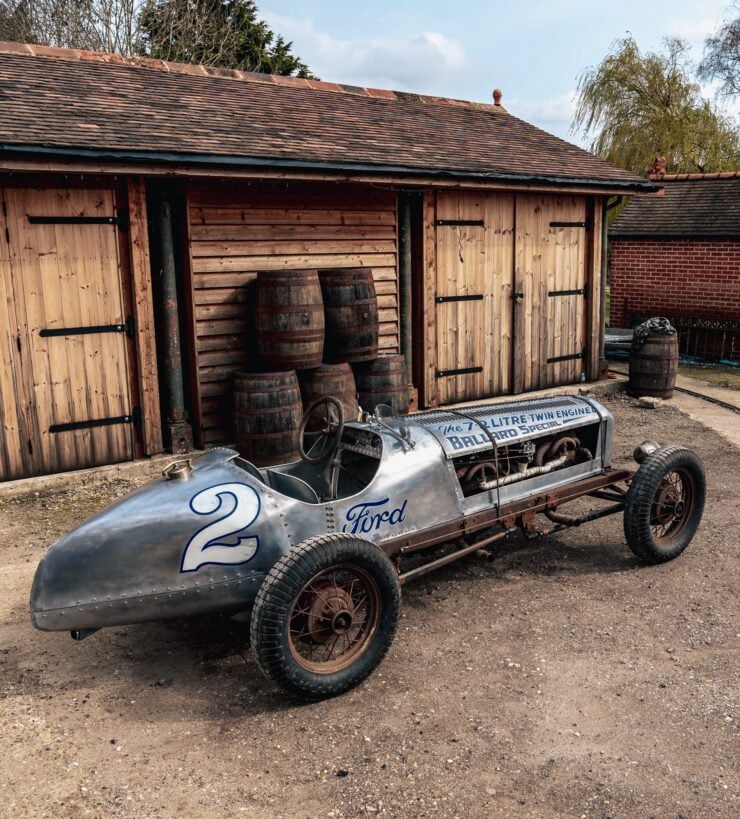

Since it was completed the car has been registered for the road in the UK and it was displayed at the InterClassics Car Show in Maastrich, the Normandy Beach Race, and a number of other events.
The car is now being sold directly from Tobias’ ownership and it will roll across the auction block with H&H Classics on the 24th of April with a price guide of £60,000 – £80,000 or approximately $76,200 – $101,600 USD. If you’d like to read more about it or register to bid you can visit the listing here.
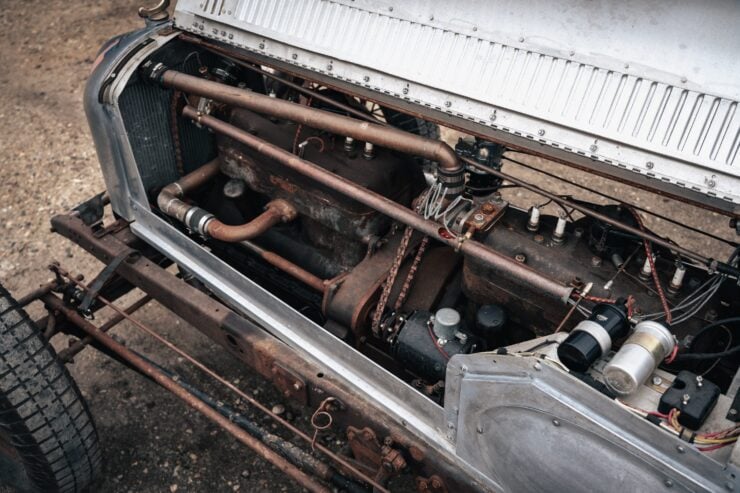
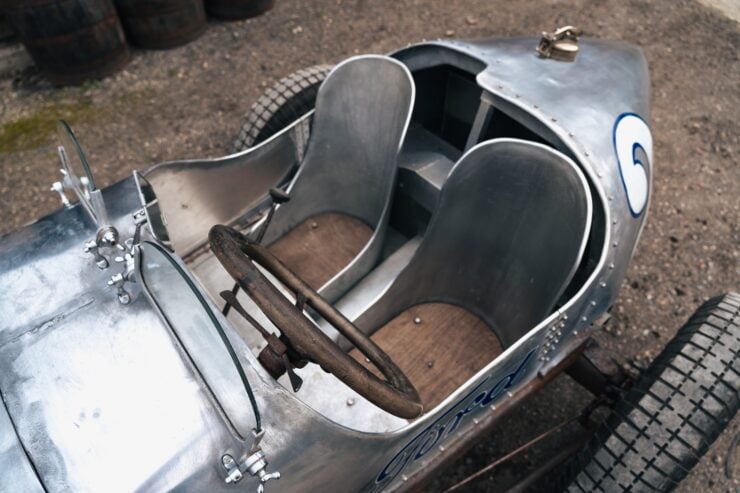

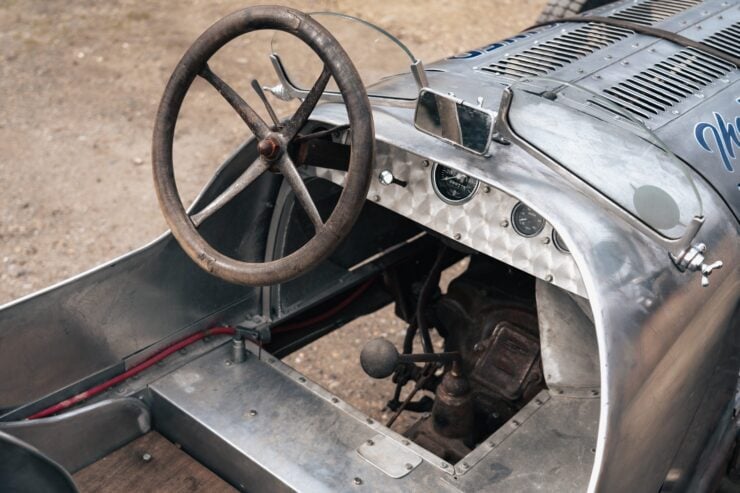
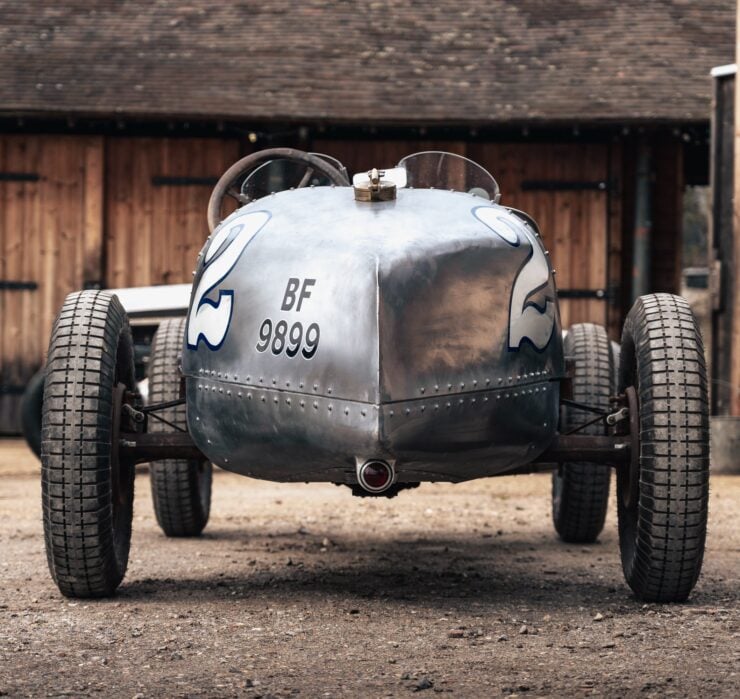
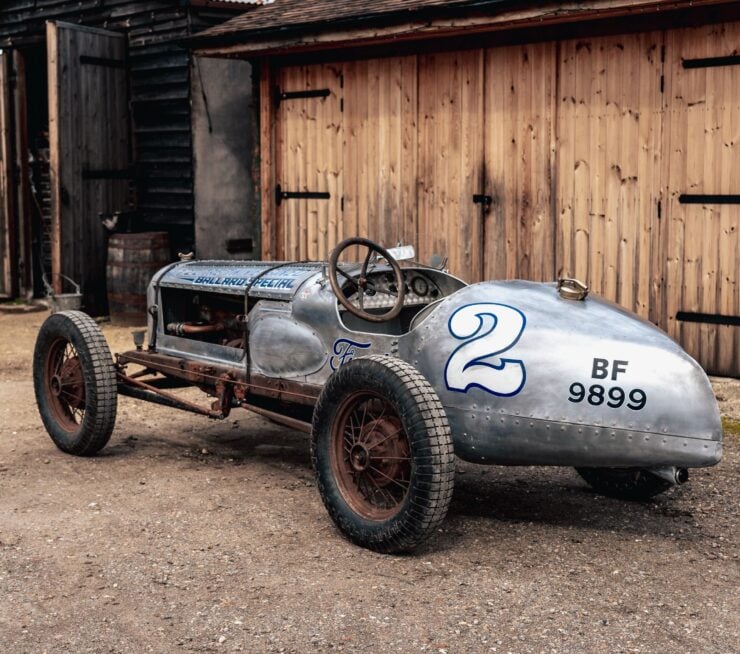
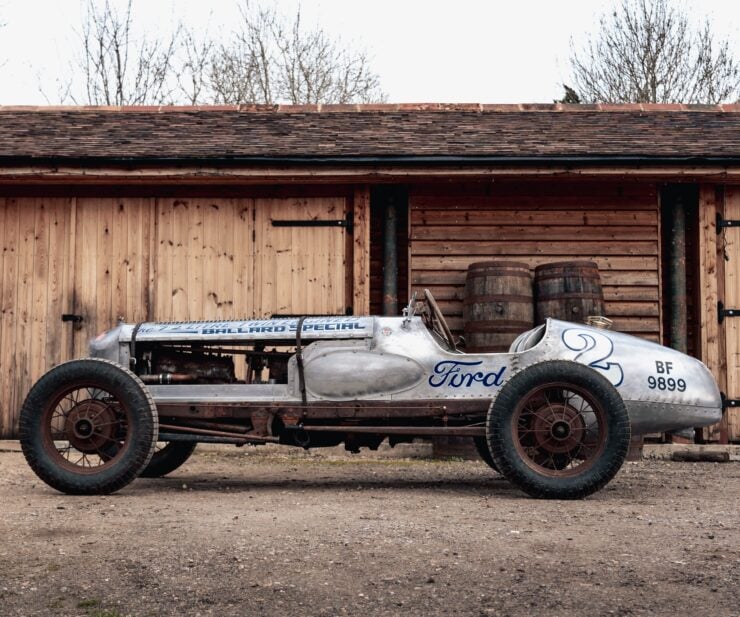
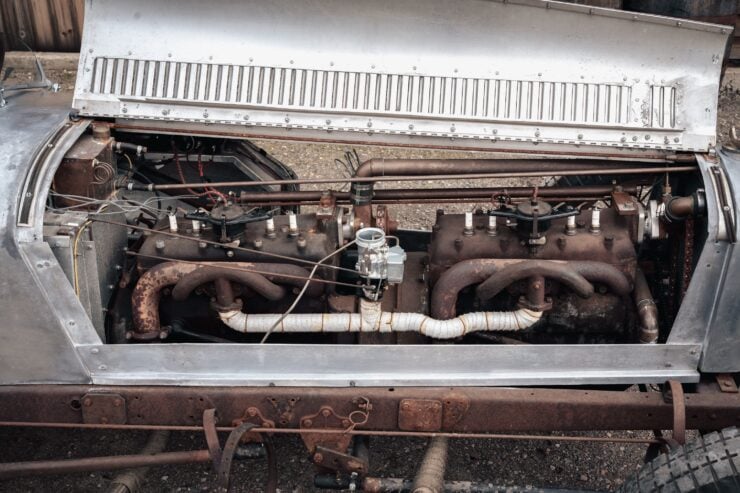
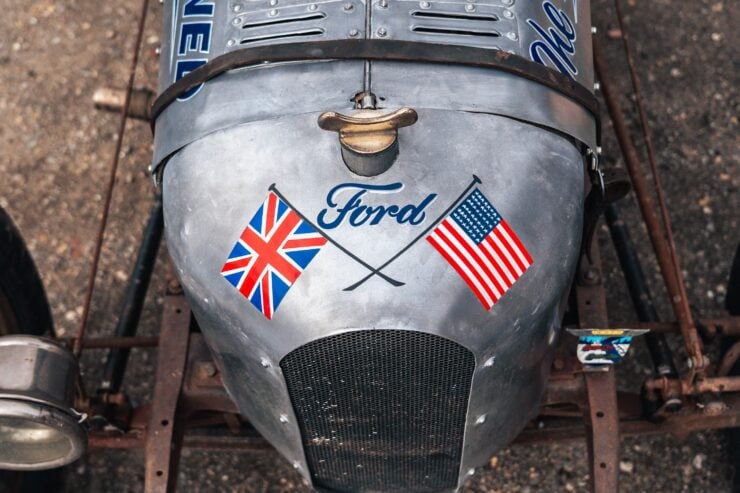
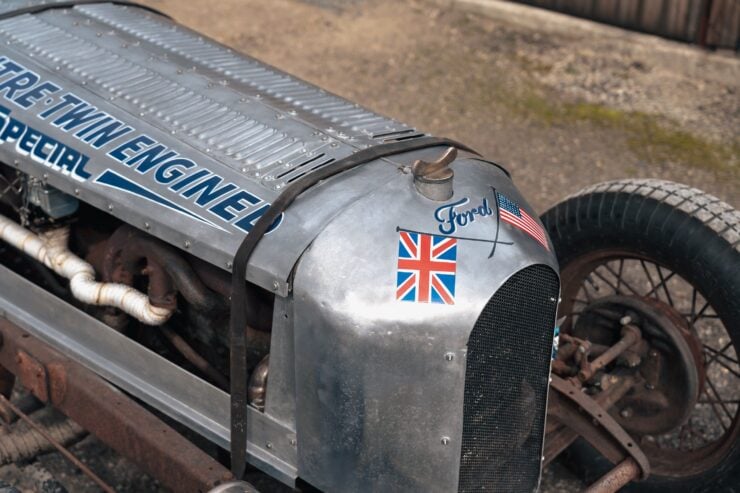
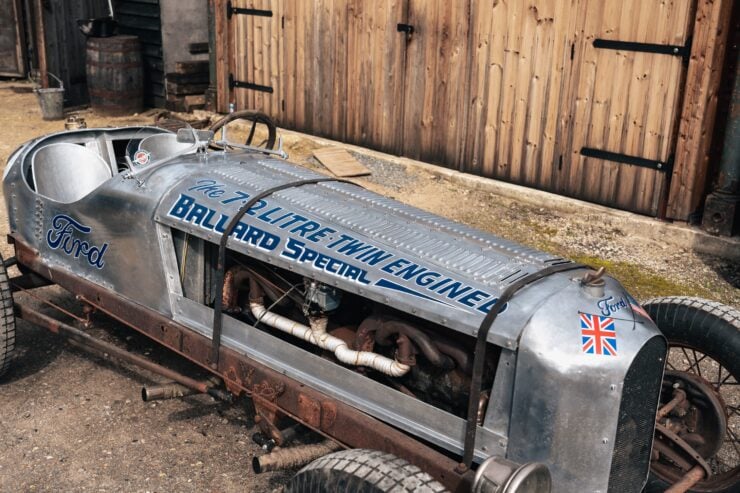
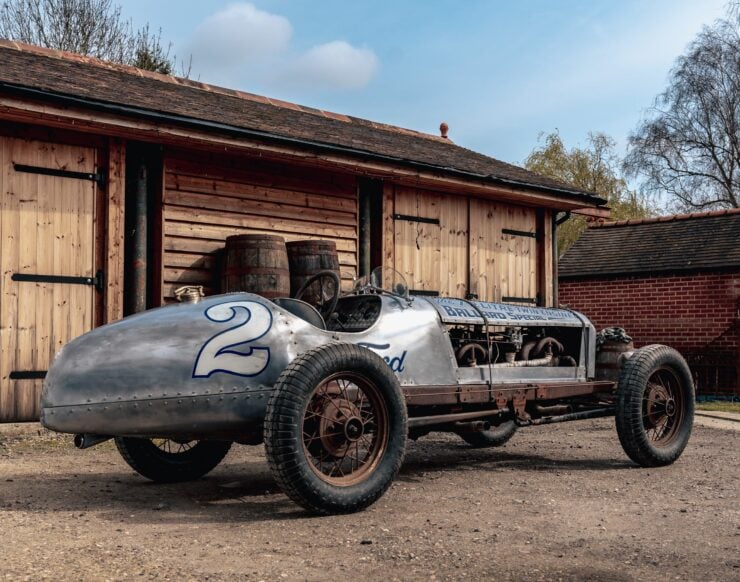
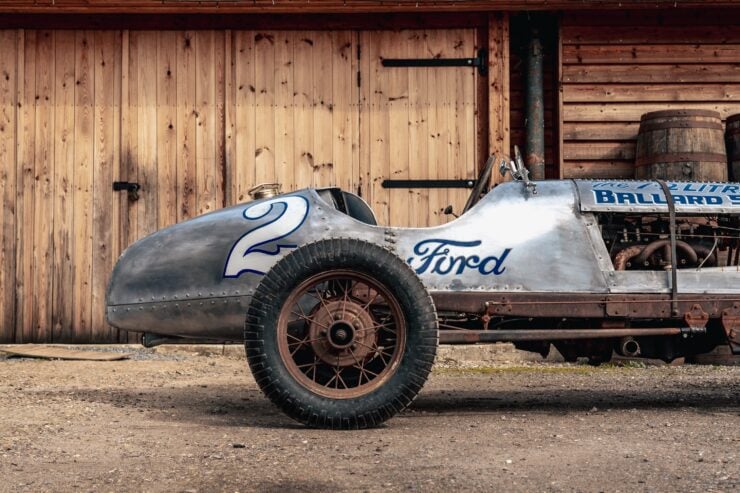
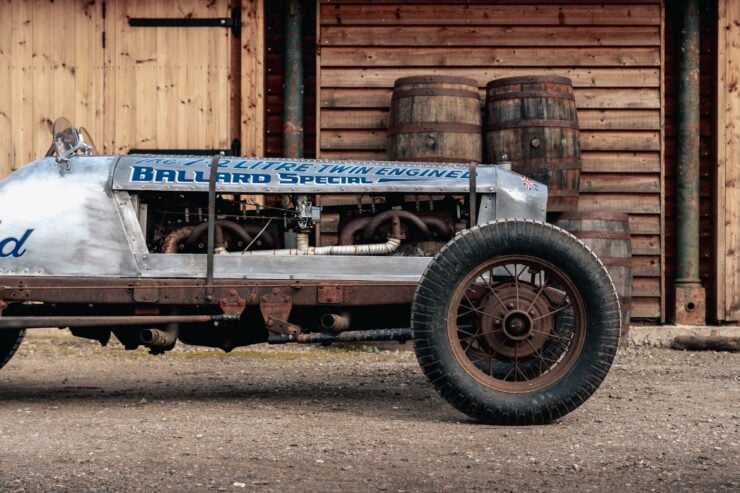
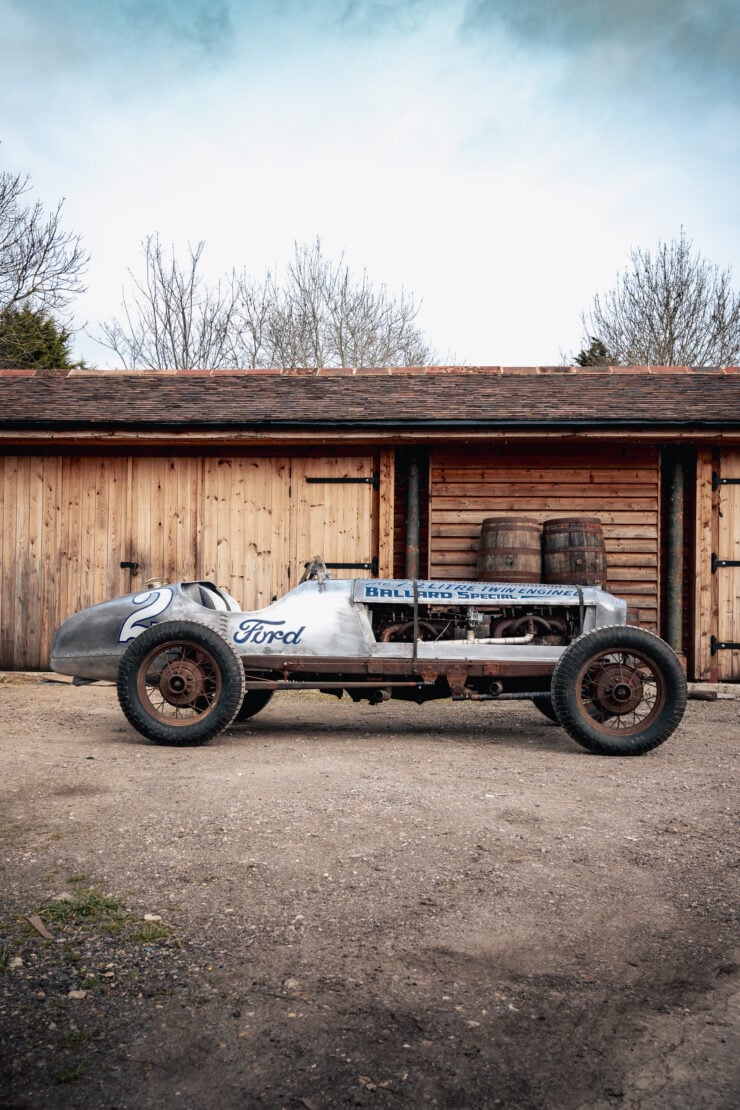
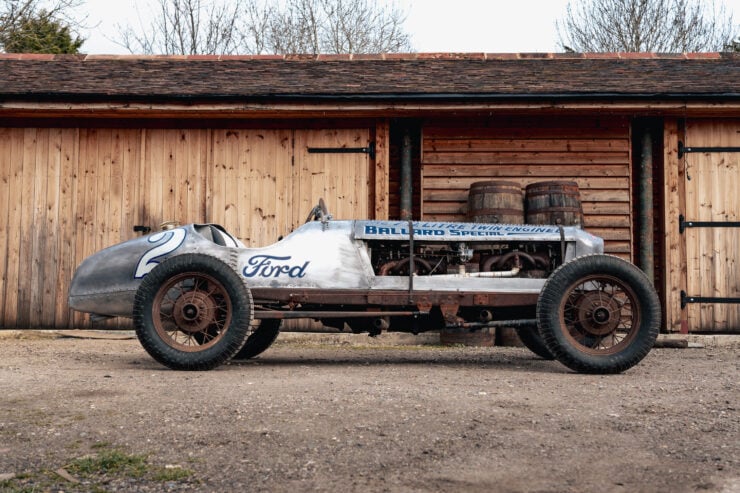

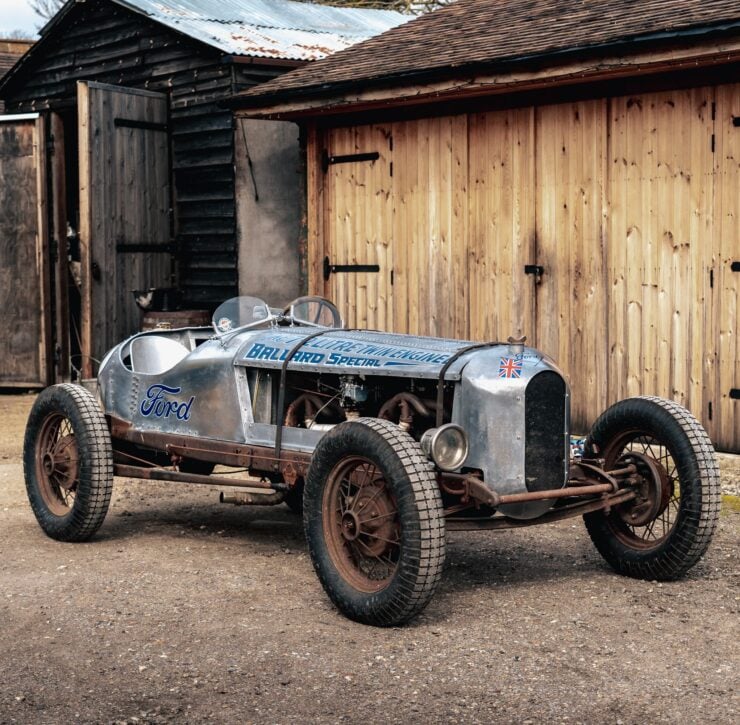
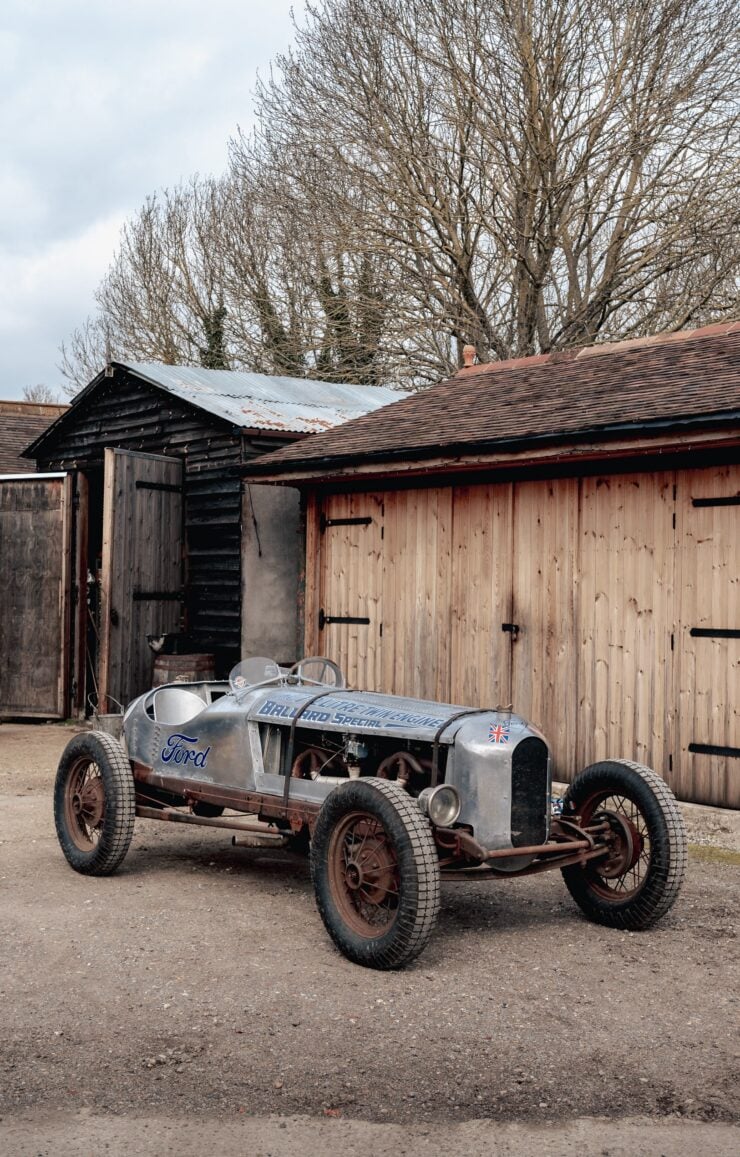
Images courtesy of H&H Classics

